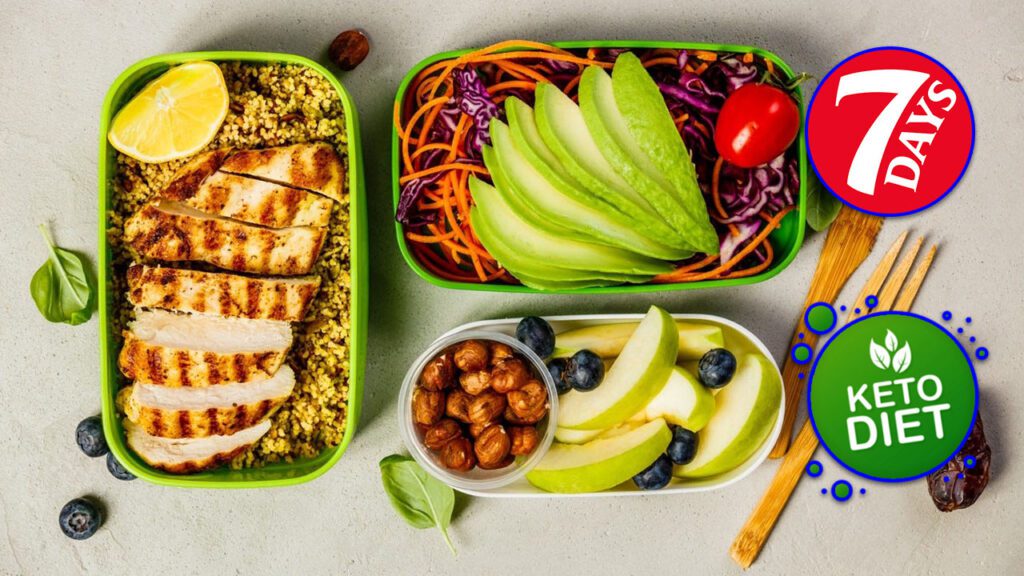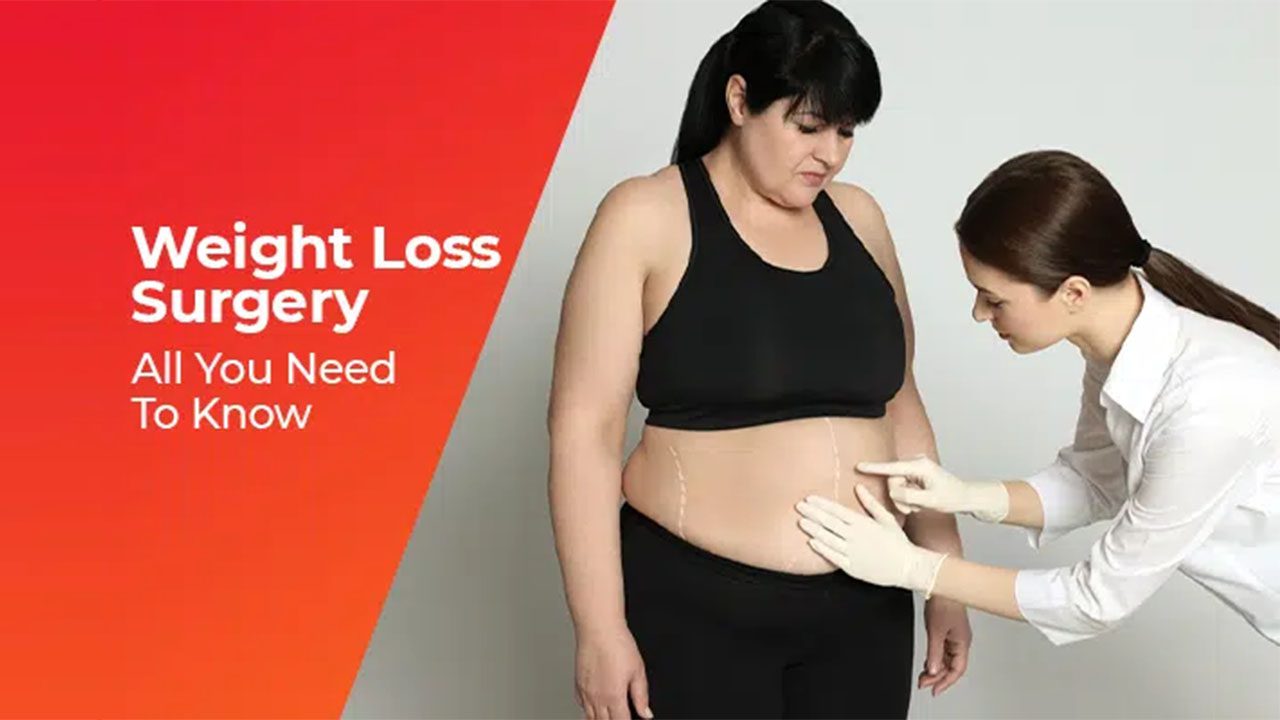Keto Diet Meal Plan for Beginners: 7 Days USA Friendly Guide
If you’re reading this, you probably typed “Keto Diet Meal Plan for Beginners” into Google hoping for a simple, doable plan that actually fits real life. Good news: this guide gives you straightforward meals, shopping lists, and safety tips so you can get started without guessing. The Keto Diet Meal Plan for Beginners below focuses on real American grocery staples (think eggs, avocados, cheese, and lean meats) and keeps carbs low while making meals tasty and family-friendly. Read on for a 7-day plan, easy recipes, and evidence-based cautions so you start smart and stay healthy.
Why this guide (quick): it’s made to be mobile-friendly, ad-safe, and written for busy people who want quick wins — not fads.
What is the ketogenic diet — quick explainer
The ketogenic diet is a high-fat, moderate-protein, very-low-carbohydrate eating pattern that pushes the body into ketosis, where fat becomes the primary fuel instead of glucose. It’s used clinically for epilepsy and increasingly by people trying to lose weight or manage blood sugar. Research and expert reviews show short-term weight loss and improvements in some metabolic markers, but the diet is restrictive and can carry risks without proper planning.
Who this plan is for (and who should check with a doctor)
This Keto Diet Meal Plan for Beginners is aimed at generally healthy adults curious about low-carb eating. If you have type 1 diabetes, chronic kidney disease, are pregnant or breastfeeding, or take medications for diabetes or blood pressure, consult your healthcare provider before starting. Clinical sources warn of electrolyte imbalance, kidney stone risk, and nutrient gaps if the diet is poorly designe.
How to use this guide (two quick tips)
• Read the 7-day menu first so shopping is simple.
• Track your daily carbs and electrolytes (sodium, potassium, magnesium) the first two weeks.
Top benefits & trade-offs (short bullet list)
• Benefits: fast initial weight loss, lower blood sugar swings, fewer late-night carb cravings.
• Trade-offs: restricted food choices, potential nutrient shortfalls, possible LDL increases for some people.
Quick real-world facts (load-bearing)
• The global ketogenic diet market was valued in the low-to-mid billions in 2024, reflecting rising consumer interest and product availability.
• Medical reviews note the diet can be effective short-term for weight loss and glycemic control, but long-term safety data are mixed.
Core principles (easy-to-follow)
- Aim for 70–75% calories from fat, 20–25% from protein, and 5–10% from carbs (rough target; individual needs vary).
- Keep net carbs commonly under 20–50 grams/day at strict stages.
- Prioritize whole foods: eggs, non-starchy veggies, healthy fats (avocado, olive oil), fatty fish, nuts, and grass-fed meats where possible.
Keto Diet Meal Plan for Beginners — Macronutrient Targets and Tools
- Set realistic targets for your start. Many beginners pick one of these two approaches:
- Strict keto (therapeutic-style): ~20–30 g net carbs/day.
- Moderate keto (sustainable for many): ~30–50 g net carbs/day.
Tools that help:
• Carb tracker app (scan barcodes).
• Kitchen scale for protein portions.
• Blood glucose and ketone meter (optional but useful if you’re monitoring medical conditions).
How to start (7 simple steps)
- Clear your pantry of obvious high-carb temptations (or set them aside).
- Make a one-week shopping list based on the 7-day plan below.
- Prep proteins and chop veggies on day 1 (big time-saver).
- Drink more water and add salt to meals for the first week (helps keto transition).
- Take a basic multivitamin and consider magnesium if you get cramps.
- Track net carbs (total carbs minus fiber).
- Reassess after two weeks — tweak calories or protein if weight or energy is off.
| Day | Breakfast | Lunch | Dinner | Snacks |
|---|---|---|---|---|
| Day 1 | 2 eggs scrambled with spinach + 1/2 avocado | Cobb salad: chicken, bacon, blue cheese, olive oil dressing | Pan-seared salmon, roasted asparagus | Handful almonds, cheese stick |
| Day 2 | Greek yogurt (unsweetened) with chia & raspberries | Deli turkey lettuce wraps with mayo & pickles | Beef stir-fry with broccoli & sesame oil | Celery + cream cheese |
| Day 3 | Omelette with cheese & mushrooms | Tuna salad (olive oil, celery) over greens | Roasted chicken thigh, green beans | Olives + pepperoni slices |
| Day 4 | Chia pudding made with unsweetened almond milk | Leftover roast chicken + avocado | Pork chops, sautéed spinach | Hard-boiled egg + cucumber slices |
| Day 5 | Smoothie: spinach, protein powder, MCT oil, almond milk | Shrimp salad with avocado & lime | Zucchini noodles with pesto & grilled chicken | Macadamia nuts |
| Day 6 | Cottage cheese + walnuts + cinnamon | Egg salad in avocado halves | Lamb or beef kebabs, mixed peppers | Greek yogurt dip + cucumber |
| Day 7 | Bacon + eggs + sautéed kale | Keto-friendly burger (no bun) with side salad | Baked cod with lemon-butter, steamed broccoli | Cheese and walnuts |

A practical 7-day shopping list (US grocery staples)
Protein: eggs (2–3 dozen), chicken thighs, ground beef, salmon, cod, shrimp, deli turkey
Veggies: spinach, kale, asparagus, broccoli, zucchini, green beans, mixed salad greens
Fats & dairy: avocados, butter, olive oil, heavy cream (small), cheddar cheese, cream cheese, Greek yogurt (unsweetened)
Pantry: almonds, macadamia nuts, chia seeds, almond flour, coconut flour, apple cider vinegar, mustard
Flavor: garlic, herbs, lemon, lime, pickles, salt, pepper
Sample recipes (fast + family-friendly)
• Ingredients: 4 eggs, 1 tbsp butter, 1 cup baby spinach, 1/2 avocado, salt, pepper.
• Method: Melt butter in skillet, add spinach until wilted, whisk eggs and pour in, scramble gently. Serve with sliced avocado.
Why it works: High-fat, low-carb, minimal prep — perfect for busy mornings.
Crispy salmon & roasted asparagus (2 servings)
• Ingredients: 2 salmon fillets, 1 bunch asparagus, 2 tbsp olive oil, lemon wedge, salt, pepper.
• Method: Roast asparagus at 425°F for 10–12 minutes; sear salmon in a hot pan 3–4 minutes per side. Finish with lemon.
Pro tip: Freeze portions of salmon for quick dinners.
Keto Diet Meal Plan for Beginners — A realistic day-by-day example (narrative)
Day 1 tends to feel the hardest because your body is switching fuel sources; drink water and add salt to your meals. By day 3–5 many people report fewer cravings and steadier energy. Keep snacks simple: nuts, cheese, or a small boiled egg. If you get a “keto flu” (lightheaded, tired, headaches), it often responds to extra hydration, electrolytes, or a small increase in salt and potassium.
How to count net carbs (quick math)
Net carbs = Total carbs — Fiber.
If a food label says carbs 8 g and fiber 5 g, net carbs = 3 g. Use this rule to keep daily net carbs under your chosen target.
One-week meal prep blueprint (save time)
• Sunday (1.5–2 hours): Cook 2–3 proteins (chicken, ground beef, eggs), wash & chop salad greens, roast vegetables.
• Portion lunches into containers; evenings are fresh-cook or reheated protein + salad.
• Keep some no-prep snacks on hand: olives, cheese sticks, nuts.
Keto Diet Meal Plan for Beginners — Supplement & safety notes
• Electrolytes: sodium, potassium, magnesium are crucial the first 1–3 weeks.
• Multivitamin: helps cover possible micronutrient gaps (especially vitamins A, C, and folate if vegetable intake drops).
• Kidney stone risk exists for some — ensure adequate hydration and discuss with your clinician if you have kidney history.
Common mistakes and how to avoid them
- Eating too much protein (can slow ketosis). Aim for moderate protein.
- Not enough vegetables (causes fiber and micronutrient gaps). Add leafy greens.
- Over-reliance on processed “keto” foods (highly processed bars, synthetic ingredients) — minimize these.
Troubleshooting energy, sleep, and workouts
• Energy slump: eat a bit more healthy fat and check your carbs.
• Poor sleep: cut stimulants and check if you’re low-carb too close to bedtime; some prefer a small carb meal if sleep suffers.
• Strength training: reduce workouts slightly during the first 1–2 weeks while adapting; maintain electrolytes.
Research shows that a ketogenic approach can reduce body weight and improve some metabolic measures, but exercise performance during initial adaptation may dip and usually recovers after.
One easy grocery swap list (US-centric)
• Swap cereal for eggs.
• Swap toast for avocado halves.
• Swap rice for cauliflower rice.
• Swap pasta for zucchini noodles.
Day micro-cycle for beginners (helps habit-forming)
Day A: Focus on eggs and veggies.
Day B: Emphasize seafood and leafy salads.
Day C: Add red meat and cruciferous vegetables.
Repeat and rotate to avoid boredom.
Real-world examples (short case studies)
• Mark, a 42-year-old office worker, lost 10 lbs in 6 weeks by following a 30–40 g net-carb approach with daily walking and simple meal prep.
• Hannah, a busy mom, found swapping cereal for eggs and prepping salads reduced her afternoon sugar cravings and improved her mood.
Keto and medical conditions — caution & what research says
• Diabetes: low-carb diets can lower blood glucose and medication needs, but insulin and sulfonylurea doses often require medical supervision.
• Cardiovascular markers: some people see improved triglycerides and HDL but variable LDL responses; monitor lipids if you have heart disease risk.
• Cancer risk: a recent observational analysis raised questions about associations between ketogenic dietary patterns and cancer risk; more research is needed, and long-term safety is unclear. This is one reason not to view keto as a one-size-fits-all lifelong diet.
Weekly shopping checklist (printable style)
Proteins: eggs, salmon, chicken thighs, ground beef
Veggies: spinach, broccoli, asparagus, zucchini, kale
Fats: avocados, olive oil, butter, heavy cream (small)
Snacks: almonds, macadamia nuts, cheddar, Greek yogurt unsweetened
Flavor: garlic, lime, lemon, herbs, mustard
Budget-friendly keto tips (save money)
• Buy eggs and frozen vegetables — they’re affordable and last longer.
• Shop sale cuts of meat and roast them slowly for tenderness.
• Use reserves: canned tuna, sardines, and store-brand cheeses.
Keto Diet Meal Plan for Beginners – Tracking and adjusting
- Weeks 1–2: Aim for strict carb targets and establish routines.
- Weeks 3–4: Reassess energy and weight; adjust fats or protein slightly if needed.
- After 6–8 weeks: consider a slow, controlled carb reintroduction if you want sustainability beyond keto.
- Lower Blood Pressure Naturally Fast: 10 Home Tips to improve Health
10 Related Questions & Answers –
1. What is a good keto meal plan for beginners?
A good beginner keto meal plan uses whole foods and simple meals: eggs, avocados, leafy greens, fatty fish, chicken, low-carb vegetables, and healthy fats. Prep portions and rotate proteins.
2. How many carbs can I eat on keto to lose weight?
Aim for 20–50 g net carbs daily. 20–30 g is stricter and may induce ketosis faster; 30–50 g is often easier to sustain.
3. What do you eat for breakfast on keto?
Try scrambled eggs with spinach and avocado, full-fat Greek yogurt with a few berries, or a low-carb smoothie with almond milk and protein powder.
4. Is the keto diet safe long term?
Safety varies. Some thrive long-term but monitoring lipids, nutrients, and kidney function is wise. Consult a clinician for personalized advice.
5. How to avoid keto flu?
Prevent symptoms by hydrating, adding salt, and ensuring magnesium and potassium intake. Gradual carb reduction can reduce side effects.
6. Can I build muscle on keto?
Yes. With adequate protein, resistance training, and calories you can build muscle, though adaptation may temporarily affect performance.
7. Keto grocery list for beginners printable.
Staples: eggs, avocados, leafy greens, broccoli, zucchini, chicken, salmon, ground beef, olive oil, butter, nuts, almond flour, unsweetened almond milk.
8. Quick keto lunch ideas for work.
Packable options: chicken salad in lettuce wraps, tuna-stuffed avocado, egg salad, or cold grilled chicken with mixed greens.
9. Best snacks on keto that won’t kick you out of ketosis.
Choose cheese sticks, olives, hard-boiled eggs, macadamia nuts, or celery with cream cheese.
10. Keto meal prep for weight loss (7-day plan).
Cook proteins and roast vegetables once weekly, portion lunches, rotate meals, keep net carbs within target, and track progress.














